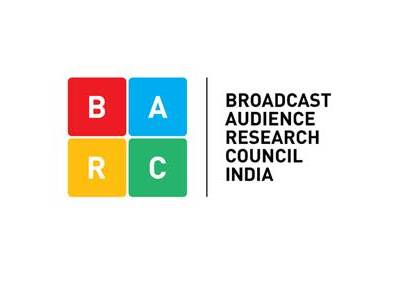The New Metrics That Matter Going Beyond Clicks and Impressions
Authored by Hariom Seth, founder, Tagglabs
The digital marketing environment never stands still and the standard click-through and impression metrics are not enough to measure all that effectively. Posting creative ads that catch people’s eyes has become more of a challenge as consumers are able to tell the meaning of the ads makes it more difficult to grasp people’s attention. Therefore, advertisers have to rethink new advertising metrics that will provide a well-rounded evaluation concerning ad performance and effects.
Step into the world of attention measures. The present day has seen a change where a passing glance or an irrelevant click cannot be considered as real interaction. Today the advertisers are working with the latest innovative systems capable of picking up real time information of the people who actively view the ads and those who are interacting with the ads. By monitoring metrics such as :
- Attention Measures: view time, audible/visible content and data on eye tracking movements, brands can leverage precious information about what their campaigns have really caught the attention of their audience.
However, attention is just the tip of the iceberg. Smart marketers also manage to determine –
- Viewability: the metric that is used to specify percent of ads that were actually visible for the users. In other terms, why accept an ad that gets hidden behind the fold or covered by other elements on the page?
Through viewability optimization, advertisers guarantee that their messages are seen by the correct people, and therefore the likelihood for their messages to have a real impact is increased.
- Brand Sentiment: The social consciousness that is this day and age manifests itself in brand sentiment which cannot be overlooked as it stands for the emotional engagement that advertising campaigns create. Utilising natural language processing and sentiment analysis tools, brands will be able to catch and track how their ads are responded to across social media and online conversations.
Positive opinion may lead to more brand loyalty and affinity, while negative sentiment is a warning signal that instructs to change course or the way the message is expressed.
- Conversion Rates and Shopping Cart Abandonment Rates: Consequently, with the development of converging advertising and e-commerce, metrics, for example conversion rates and shopping cart abandonment rates, have been seen playing a part that directly determines whether ad campaigns are able to actually increase the sales and revenue generated from a business.
Through this way, the ad-makers can make sure that the metrics are tracked and they can improve their strategies consequently which result in better business output rather than being focused on vanity metrics only.
However, advertisers and marketers are also formulating strategies to bring together and analyse the information obtained by integrating and synthesising the metrics in the data-driven revolution.
Certainly, adopting such new measures needs a change in approach and a readiness to spend on smart tracking technologies and skills. On the other hand, the benefits are huge – one gets a more profound understanding of consumer behaviour, targeted advertising that is more effective and eventually returns on the marketing investments that exceed the expectations.
As the digital environment keeps changing, the businesses that adjust to these new measurements will build a clear competitive advantage, and those, who remain behind on the ancient metrics, will gradually lose their position in the market. With the many challenges to cope with, the capability to measure the authentic and trustful engagement is the key to the future ad effectiveness, thus bringing immediate business results.











Share
Facebook
YouTube
Tweet
Twitter
LinkedIn